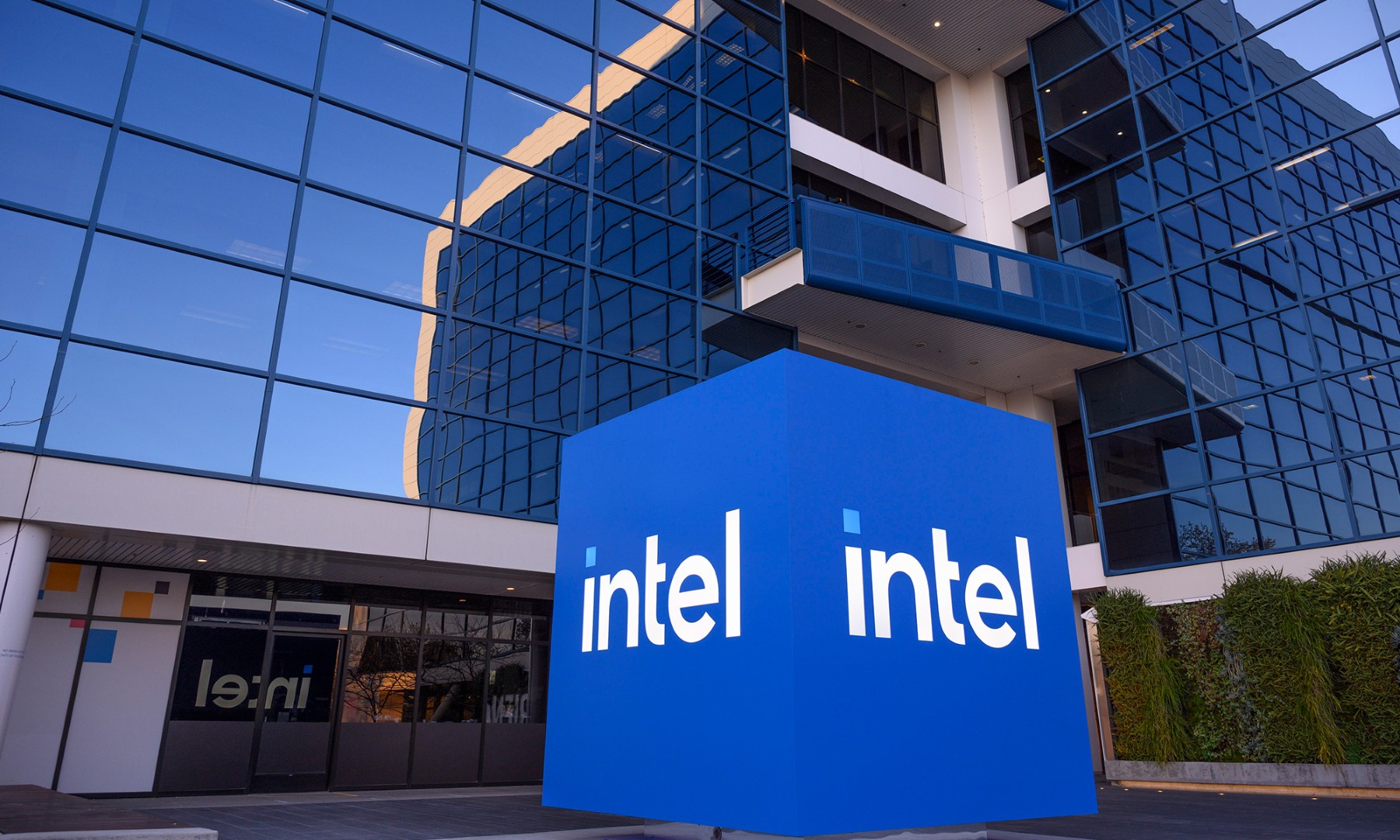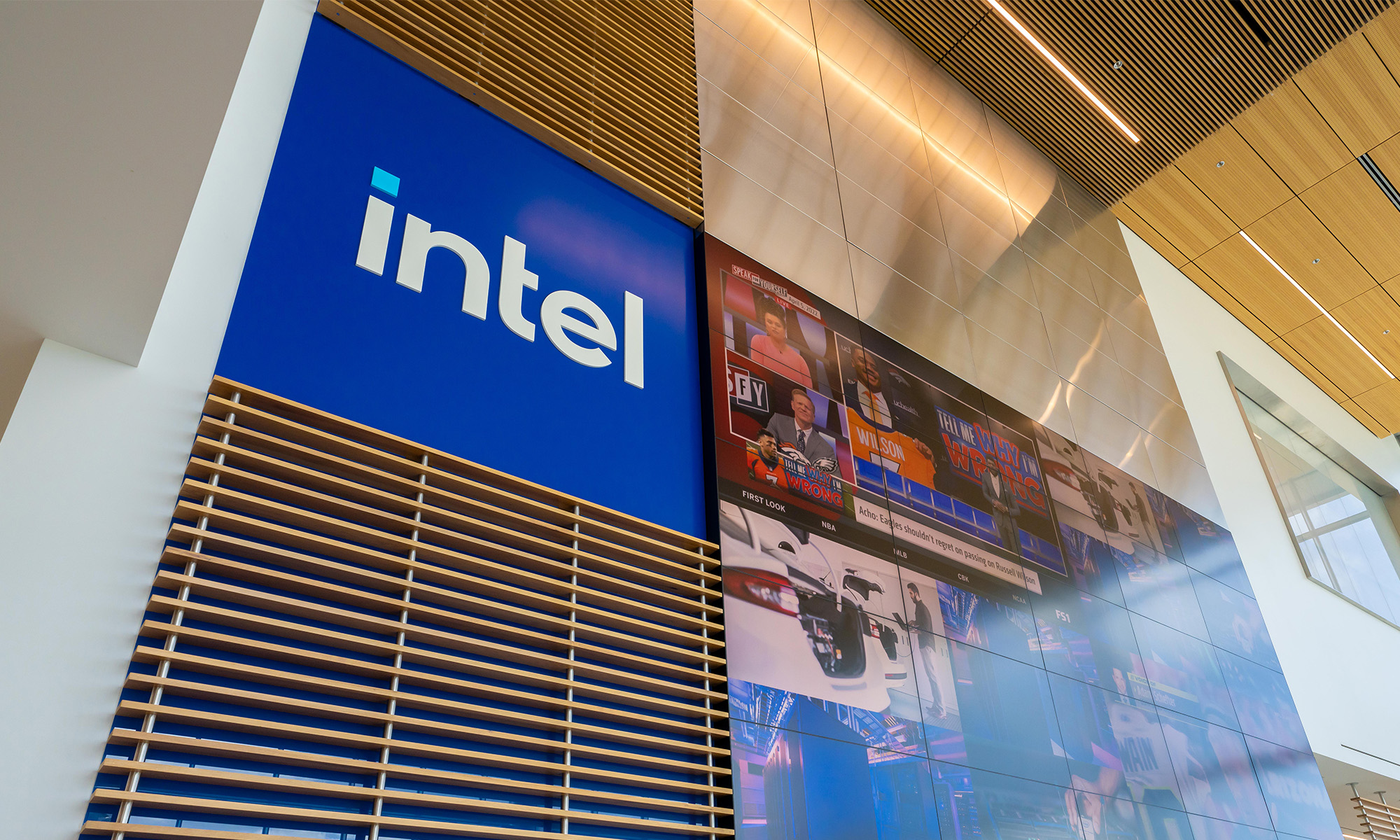Both Intel (INTC +6.72%) and NVIDIA (NVDA +1.14%) have fallen out of favor with investors recently. Intel has posted solid operating performance over the last year, but its stock price sports a low valuation because of uncertainty about increased competition from Advanced Micro Devices, as well as operational miscues centering around new chip production. The company's fourth-quarter earnings report didn't inspire confidence, and the stock sold off sharply after results didn't meet expectations.
Meanwhile, NVIDIA stock is down 43% over the last year. The graphics specialist is taking some bruises after the collapse of the cryptocurrency market and the economic slowdown in China that has dampened sales of graphics processing units (GPUs). The company revised its guidance down for the next quarter as a result.
NVDA Revenue (TTM) data by YCharts.
This year will be bumpy for both companies, but I believe NVIDIA is positioned to grow faster than Intel over the long term. Organizations need GPUs to process massive amounts of data that cloud providers are accumulating. We're still in the early stages of seeing deep learning and machine learning transform entire industries, and NVIDIA's steady cadence of innovation should benefit shareholders down the road.
NVIDIA is growing faster than Intel
After years of slowing PC demand, Intel saw a resurgence in revenue growth for central processing units (CPUs) in 2018. PC-centric revenue accelerated to a 9% growth rate for the year, versus just 3% in 2017. The chip giant has also made significant investments in the data center space with its Xeon processors. Intel's data-centric segment increased revenue by 20% in 2018, an acceleration over the 11% growth rate the segment posted in 2017.
Those are solid growth rates for a company of Intel's size with $71 billion reported in revenue last year. However, NVIDIA's data center segment posted a more impressive 58% growth rate in the fiscal third quarter. This not only reflects NVIDIA growing off a smaller base than Intel, but also that data centers are using more GPUs because they are much faster at processing massive amounts of data compared with the CPU.
The data center segment made up 25% of NVIDIA's total revenue in the third quarter, but it could one day be NVIDIA's largest segment. Although the stock sold off sharply after a disappointing performance in the gaming segment last quarter, I believe an investment in NVIDIA stock is more of a bet on the future accumulation of data by companies around the world. Data is the technological equivalent of oil, and the GPU is the oil pump.

NVIDIA T4 GPU. Image source: NVIDIA.
NVIDIA continues to set the pace in the chip industry with its innovation speed. For example, it recently launched the Turing T4 Cloud GPU, which delivers fast processing speeds for deep-learning applications, machine learning, data analytics, and graphics. Alphabet's Google was an early adopter of the T4, with Chinese tech giants, including Baidu, Tencent, and JD.com, using the T4 in their servers, too.
Other segments are gaining momentum
Additionally, the third-quarter earnings report showed NVIDIA's other segments -- professional visualization and automotive -- beginning to pick up speed, which went largely overlooked last quarter by analysts who were more focused on NVIDIA's short-term outlook for its gaming segment. The professional visualization and automotive segments made up 15% of NVIDIA's total revenue last quarter.
In the fiscal third quarter, professional visualization revenue jumped 28% year over year versus 13% in the fourth quarter of fiscal 2018 (which ended in January last year). The company credited strength in desktop and mobile workstation products for the strong growth last quarter.
The automotive segment grew revenue 19% in the latest quarter, versus just 3% in the fourth quarter of fiscal 2018. For that, management credited strong sales of infotainment modules, production of DRIVE PX self-driving car chips, and development agreements with automotive companies.
NVIDIA has gotten a lot of attention for its DRIVE platform, which is powerful enough to run a fully autonomous vehicle without any human assistance. But NVIDIA is also positioned to benefit from the ramp-up of mass-market self-driving cars starting in 2020. The graphics specialist recently announced autopilot design wins with Toyota, Volvo, and Isuzu.
Final thoughts
All in all, I believe NVIDIA is poised to grow faster than Intel over the next decade. Leading technology companies around the world use NVIDIA's data center products, and the graphics leader has partnerships with just about every major car manufacturer working on self-driving cars.
Intel has relationships with big companies as well, and its Mobileye unit puts the chip giant in a good position in the self-driving car industry. However, NVIDIA is just as well positioned as Intel in the data center and self-driving car markets, and as I mentioned above, it has the benefit of growing off a smaller base of revenue than Intel. This should make it a much better growth stock for investors over the long haul.
Although NVIDIA is expected to report flattish growth this year as it deals with excess chip supply within the gaming segment, analysts expect the company to grow earnings 15% per year over the next five years, while Intel is expected to increase profits 10% annually.
NVDA PE Ratio (Forward) data by YCharts
As you can see in the above chart, NVIDIA's stock valuation has rapidly come down in recent months. The shares currently fetch a forward P/E of about 19, which is not that expensive relative to the company's massive growth opportunity.
Check out the latest Intel and NVIDIA earnings call transcripts.









